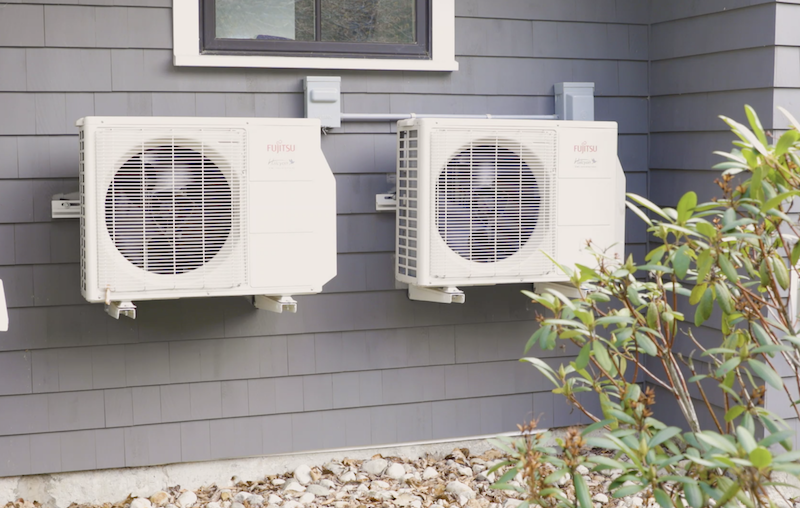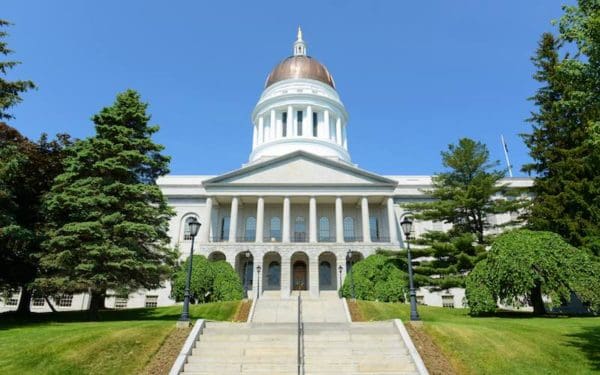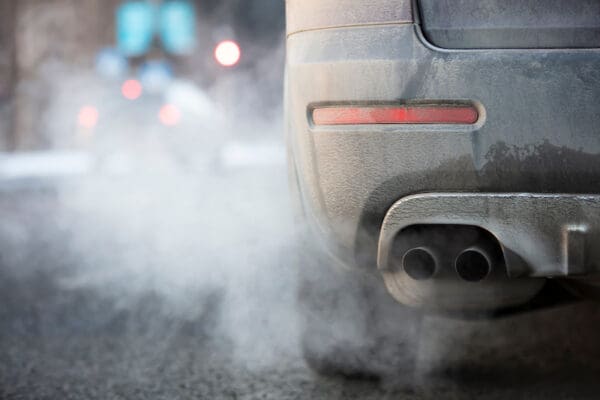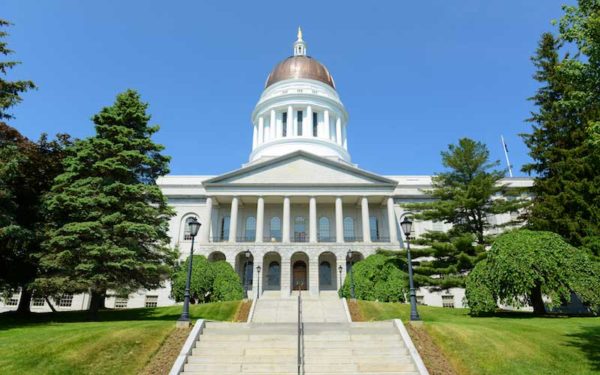
Switching from an oil- or gas-burning furnace to heat pumps is one way to save money and our climate. As New Hampshire makes strides in improving its energy efficiency programs, we need your help to keep the state on track. Photo: EcoPhotography
Energy efficiency cuts harmful carbon pollution cheaply and helps keep families safe and warm. That’s why we’ve been working hard on the efficiency beat in New Hampshire, which still ranks last in the region for the effectiveness of its energy efficiency programs. This poor ranking means we’re paying a lot more than we need to on our bills, failing to support the elderly and low-income communities as much as they deserve, and shouldering more of the costs of the region’s pricey energy infrastructure than states that have more effectively slashed their energy waste.
In January 2018, CLF helped New Hampshire launch a brand-new statewide energy efficiency program, similar to successful initiatives that already exist in every other New England state. This new program sets firm energy efficiency goals that ramp up incrementally year over year, reaching more and more New Hampshire homes and businesses. Since then, CLF has been working with the state’s electric utilities, who administer the program, as well as experts and stakeholders to make the program stronger and more targeted to the needs of New Hampshire.
Over the winter holidays, we got a special present – a stamp of approval from the state Public Utilities Commission on an agreement to ramp up energy efficiency even more. We are optimistic that these efforts put us on the right track to move up from a distant “last in the region” in energy efficiency rankings (and 21st nationally). But we need your help to make sure New Hampshire stays on track.
Program Changes Will Help Low-Income Families and Give More Power to Stakeholders in the State
What’s new about the state’s energy efficiency program in 2019? Here are a few highlights of the agreement that CLF helped to develop:
- We’re raising our standards by cutting more waste. The state’s programming will now cut more waste and carbon pollution – and save more money than ever before – through slashing wasteful electricity and gas consumption.
- We’re better supporting low-income families. We’re investing more money and working harder to address the needs of low-income families, in recognition that high bills and cold nights reduce the quality of life for many New Hampshire residents.
- We’re putting power in the hands of New Hampshire stakeholders. Instead of relying on the utility companies alone to come up with an energy efficiency plan – without any input from the people most impacted (families and businesses) – we want New Hampshire stakeholders to play an active role in the plan’s development. This agreement helps move us in that direction by laying out the means for stakeholders to help plan new initiatives. As a result, low-income advocates, environmentalists including CLF, the Consumer Advocate, and energy efficiency experts will have a direct role in shaping the state’s programming.
- We’re launching a study on the benefits of switching to electric appliances and heating systems. This study will show how New Hampshire families can have cleaner, safer homes by cutting back on heating oil, propane, and gas in favor of electric appliances like high-efficiency heat pumps and heat pump water heaters. These electric appliances help eliminate climate-damaging emissions and other harmful air pollutants while saving us money and keeping us comfortable.
- We’re launching a program to help corporations save money at key hours while slashing the state’s overall costs and cutting pollution. When companies voluntarily ramp down certain commercial and industrial activities for a few hours when electricity and transmission costs skyrocket, this helps us all out. Because if the state cuts its use of the transmission system during that handful of ultra-pricy hours (like those muggy August days when air conditioners are blasting), every New Hampshire electricity customer will pay a lower transmission fee on their bill. Plus, we won’t have to turn on dirty power plants to meet the high demand for electricity on those muggy afternoons.
Here’s How You Can Both Save and Help
Despite the many benefits to consumers and businesses – not to mention our climate – energy efficiency has not been a priority for our governor or our legislators. Last year, the legislature even tried to strip the program of its funding. That’s why we need you to take action now. We urge you to call the governor’s office, and then reach out to your representatives, to say clearly that energy efficiency is here to stay in New Hampshire – and it must be funded fully.
In addition, one of the best ways to make New Hampshire a leader in energy efficiency is by taking advantage of efficiency programs ourselves. Did you know you could get a free home audit, as well as help with paying the costs of home improvements like new insulation? This winter, I gave my family the gift of warmth and comfort with new insulation paid for in part by the state’s energy efficiency program. If your home is drafty, too, you can get help to fix that.
So call your utility or visit www.nhsaves.com for more information on home weatherization assistance and rebates on cost-saving products like thermostats and clothes washers – and then tell your neighbors to give it a try.
When we each take advantage of energy efficiency programs, the whole state saves money by cutting electric and gas costs – and we save the climate, too.



